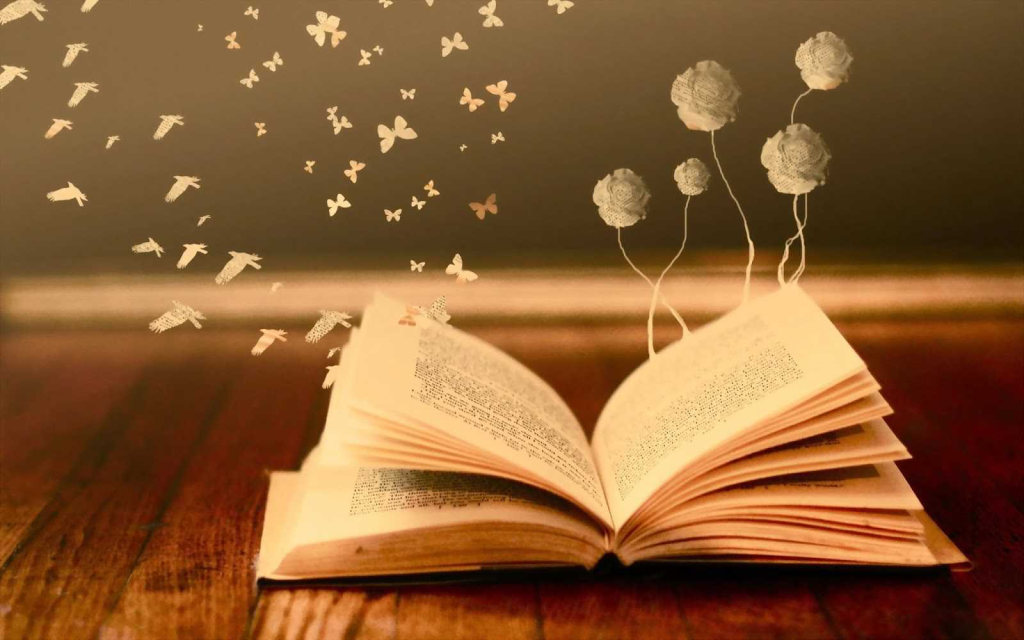
The digital age presents both opportunities and challenges for the Indonesian literary language, a rich and diverse aspect of the nation’s cultural heritage. While digital platforms offer unprecedented access to literary works and foster new forms of expression, they also pose significant hurdles.
One primary challenge is the erosion of traditional language structures due to the dominance of informal, digital communication. Social media and messaging apps often promote abbreviated language and slang, which can dilute the complexity and depth of formal literary language. This shift risks diminishing the appreciation and use of classic Indonesian literature among younger generations.
Another concern is the underrepresentation of Indonesian literary works in global digital spaces. Despite the vast array of content online, Indonesian literature struggles to gain visibility compared to other international works. This limited exposure hinders the global recognition of Indonesian literary contributions and the potential for cross-cultural exchange.
Moreover, the rapid pace of digital innovation often leaves literary institutions struggling to keep up. Efforts to digitize archives and preserve literary texts face technical and financial constraints, threatening the longevity of valuable literary resources.
To address these challenges, there is a need for strategic initiatives that promote the use of formal Indonesian literary language in digital media, increase global visibility for Indonesian literature, and support the digitization of literary archives. By navigating these obstacles, Indonesian literary language can thrive in the digital era, enriching both national and global literary landscapes.
